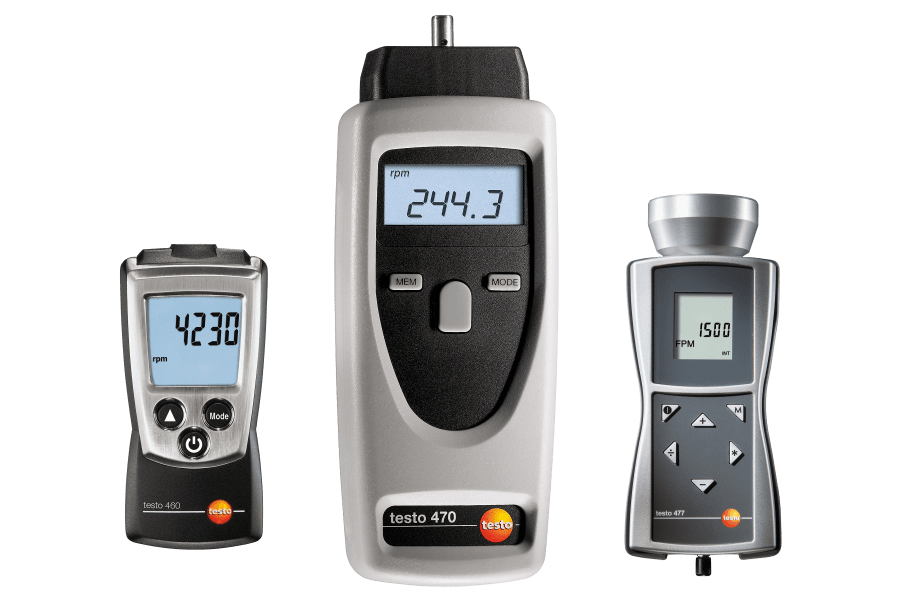Top Reasons Why Every Chauffeur Requirements a High-Quality Tachometer
Unlocking the Secrets of Tachometers: Every Little Thing You Required to Learn About This Crucial Instrument in Your Lorry
Recognizing the details of tachometers can offer valuable understandings into your car's performance and upkeep needs. From determining engine speed to deciphering the information it provides, tachometers work as a crucial device for automobile owners and fanatics alike. By unwinding the mysteries behind this essential tool, you can unlock a wide range of info that can enhance your driving experience and make certain the durability of your vehicle.
Relevance of Tachometers
The importance of tachometers depends on their capability to provide critical real-time data about an engine's rotational rate, enabling exact monitoring and upkeep of machinery. By gauging the transformations per min (RPM) of an engine's crankshaft, tachometers provide beneficial insights right into the engine's performance - tachometer. This information is important for making certain that the engine operates within its optimum range, preventing potential damage from over-revving or underperforming
Tachometers play an essential role in assisting drivers and specialists identify any abnormalities in the engine's rate, which could suggest issues such as fuel ineffectiveness, mechanical problems, or excessive stress on the engine. By without delay identifying these problems via tachometer readings, maintenance can be done proactively, protecting against costly repair services and downtime in the future.
Additionally, tachometers are specifically crucial in high-performance cars and equipment, where specific control over engine speed is required for optimum procedure. Competing vehicles, aircraft, and industrial devices rely upon tachometers to supply peak efficiency while maintaining safety requirements. Fundamentally, tachometers are not simply tools for gauging rate but important devices for making certain the smooth and reliable procedure of engines across various applications.
How Tachometers Step Engine Speed
Using sensors that detect the regularity of electrical pulses generated by the engine's ignition system, tachometers properly determine the rotational rate of an engine. By checking the rate at which these pulses are received, tachometers give real-time comments on how quickly the engine's crankshaft is turning per minute, generally referred to as changes per minute (RPM)
The tachometer's sensing unit, typically connected to the engine's ignition coil or ignition system wires, gets the electrical signals created each time a cylinder fires. These signals are after that converted right into RPM readings presented on the gauge or tool cluster within the vehicle driver's view. Tachometers can be analog or electronic, with modern-day cars generally featuring electronic displays for accurate and instantaneous RPM readings.
This details is essential for vehicle drivers to understand the engine's efficiency, avoid over-revving, enhance equipment changing, and guarantee effective gas consumption. By precisely gauging engine rate, tachometers play an important function in aiding chauffeurs run their lorries safely and effectively.
Translating Tachometer Analyses
Having a clear understanding of how tachometers determine engine speed establishes the structure for properly interpreting the RPM readings showed. Translating tachometer analyses is critical for optimal car performance and engine health and wellness. RPM (Transformations Per Min) analyses on the tachometer show the rate at which the engine's crankshaft is revolving. When the engine is idling, the tachometer needle typically rests around 600-1000 RPM, depending on the car. As you speed up, the RPM will enhance, showing the engine's higher rotational speed. When moving gears in a manual transmission lorry, the RPM will certainly drop as you engage the clutch and modification gears, after that climb once more as you increase in the brand-new gear. Keeping an eye on the tachometer can assist you figure out one of the most effective moving points to make best use of gas economic situation and engine power. Furthermore, irregular changes or regularly high RPM readings can show prospective problems with the engine that may call for specialist interest. By taking notice of the tachometer readings and recognizing exactly how to translate them, you can ensure your lorry runs smoothly and successfully.


Tips for Using Tachometers Properly
To improve driving performance and enhance engine efficiency, what key approaches can be executed for properly utilizing tachometers? Tachometers are vital tools that supply real-time feedback on engine rate, enabling chauffeurs to make enlightened decisions for much better efficiency - tachometer. Here are some ideas for making use of tachometers efficiently:
Recognizing Optimal RPM Range: Familiarize yourself with the ideal RPM (Transformations Per Min) array for your vehicle. Keeping the engine within this range can improve fuel effectiveness and extend the engine's life expectancy.
Changing Equipments at the Correct Time: Make use of the check my blog tachometer to determine the most effective time to shift gears. Upshifting too early or far too have a peek at these guys late can result in decreased efficiency and performance. Objective to shift gears when the RPM reaches the optimal array for the following equipment.
Keeping Track Of Engine Tension: High RPMs for prolonged periods can stress the engine. Maintain an eye on the tachometer to stop over-revving, particularly during acceleration or when lugging hefty tons.
Tachometers and Car Maintenance
When taking into consideration lorry upkeep, tachometers play an important role in monitoring engine efficiency and finding prospective issues. Tachometers provide crucial information on engine speed, permitting motorists and auto mechanics to ensure that the engine is running within the suggested RPM range. Consistently keeping an eye on the tachometer readings can aid recognize issues such as engine misfires, worn-out trigger plugs, or issues with the gas shipment system. By taking notice of the tachometer, motorists can avoid too much stress on the engine, which can lead to expensive repairs down the line.
In addition to identifying potential problems, tachometers can additionally aid in enhancing gas efficiency. By keeping the engine speed within the optimum range, chauffeurs can enhance their gas mileage and minimize gas consumption. This not only benefits the vehicle driver's wallet but likewise adds to ecological conservation by lowering unsafe discharges.
Final Thought
